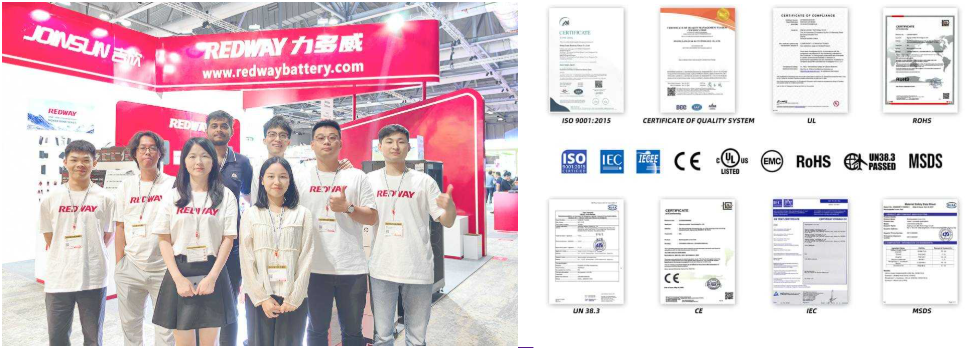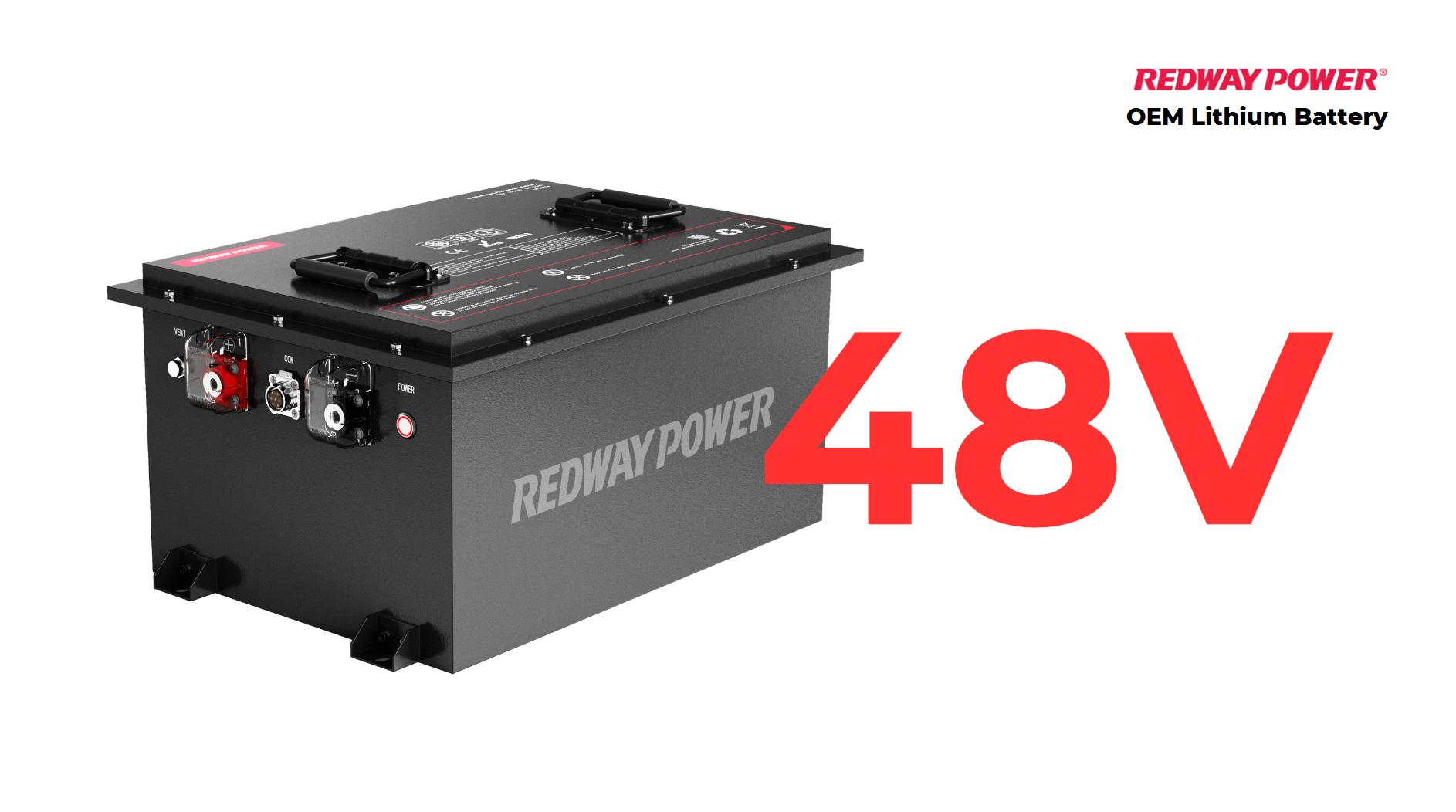Testing a 48-volt golf cart charger involves using a digital multimeter to measure the output voltage, which should be near 48 volts. Signs such as no voltage, significantly lower output, unusual noises, or failure of indicator lights suggest a faulty charger. Safety precautions, visual checks, and interpreting your test results properly ensure an accurate diagnosis for optimal golf cart performance.
How Do You Practice Safety When Testing a 48 Volt Golf Cart Charger?
Always unplug the charger from both the wall outlet and the golf cart before inspecting or testing. Wear safety glasses and insulated gloves to protect yourself while working with electrical components and avoid electric shock hazards.
What Tools Do You Need to Test a Golf Cart Charger Output?
A digital multimeter set to DC voltage mode is essential to accurately measure the charger’s output voltage. Ensure your multimeter is working correctly and set to an appropriate voltage range, typically above 50 volts DC for a 48V system.
How Do You Connect the Multimeter to Measure Charger Output Voltage?
Plug the charger into a live power source. Carefully place the red (positive) probe on the charger’s positive output terminal and the black (negative) probe on the negative output terminal. Hold steady contact to get a clear voltage reading.
What Reading Should You Expect From a Properly Functioning 48 Volt Charger?
A healthy 48V charger generally outputs approximately 48 volts, though fully charged systems may see slightly higher voltages between 50 to 60 volts. Consistent and stable voltage readings in this range indicate proper charger function.
What Does It Mean If the Voltage Reading Is Significantly Lower or Zero?
A low or zero voltage reading often signals internal component failure within the charger, such as blown fuses, damaged circuits, or broken wiring. This means the charger likely needs repair or replacement.
How Can You Troubleshoot Further if the Charger Seems Faulty?
Besides the voltage test, check that the golf cart’s batteries are not deeply discharged or damaged by testing them with another charger. Inspect cables and connectors for corrosion or looseness. If available, test your charger on another golf cart to isolate the issue.
What Other Signs Indicate Charger Problems Besides Voltage?
Look for charger indicator lights failing to turn on, buzzing or unusual noises during operation, overheating, and excessively long charging times. These symptoms often align with faults in the charger or its On-Board Computer (OBC).
Charger Testing Symptoms Chart
| Symptom | Possible Cause |
|---|---|
| No indicator lights | Power or internal fault |
| Buzzing noise | Transformer or capacitor failure |
| Overheating charger | Internal component malfunction |
| Prolonged charging time | Charger inefficiency |
How Important Is It to Use the Right Charger With Your Golf Cart?
Using a compatible charger designed for your golf cart’s voltage and chemistry type is crucial for safety, battery longevity, and optimal charging performance. Redway Battery recommends using chargers matched to lithium or lead-acid systems accordingly.
Redway Battery Expert Views
“A reliable charger is pivotal for golf cart battery health and safety. At Redway Battery, we design chargers with advanced protections and accurate voltage regulation tailored for 48V lithium batteries. Regular voltage checks with quality multimeters can prevent many common charging issues, safeguarding your golf cart’s performance and battery lifespan.” — Expert from Redway Battery
Conclusion
Proper testing of a 48-volt golf cart charger involves safety-first practices, careful voltage measurement with a digital multimeter, and awareness of symptoms indicating failure. Recognizing low output voltage, unusual noises, and charger overheating helps pinpoint faults early. Using recommended chargers, like those from Redway Battery, complements vigilant testing for reliable and safe golf cart operation.
FAQs
How do I safely test a 48V golf cart charger?
Unplug it, wear protective gear, then measure output voltage with a digital multimeter.
What voltage should a 48V charger output?
About 48 volts, sometimes slightly higher when fully charging.
What if my charger shows no voltage?
It likely has an internal fault and may need repair or replacement.
Can I use any charger to test the batteries?
Use a charger compatible with your battery chemistry to avoid damage.
Why is my charger buzzing loudly?
Buzzing often indicates transformer or internal component failure.






